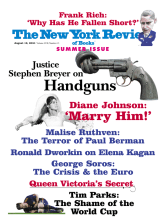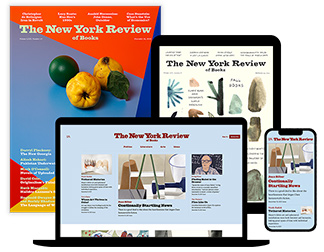Both Allen Ginsberg and William Burroughs discovered late in life that making works of art is the way to get money. Literature just doesn’t do it. Speaking engagements pay, but eventually they become tiring—or one exhausts the market. Neither of the two had ever been money-mad, but old age requires a bit of a cushion. Burroughs turned to painting. He would set up paint cans in front of blank canvases and then shoot at them; the splatter was the art. Although these paintings are his best-known artworks, they make up only a small part of his output: he did twenty-four shotgun paintings in 1982 and a few more before he died in 1997. According to his friend James Grauerholz, Burroughs turned out more than 1,500 artworks between 1982 and 1996—including stencils and targets, which were almost all brightly colored abstractions—and had his work exhibited in several museums and more than eighty galleries worldwide.
As Ginsberg said:
If you’re famous, you can get away with anything! William Burroughs spent the last ten years painting, and makes a lot more money out of his painting than he does out of his previous writing. If you establish yourself in one field, it’s possible that people then take you seriously in another. Maybe too seriously. I know lots of great photographers who are a lot better than me, who don’t have a big, pretty coffee table book like I have. I’m lucky.
Ginsberg had been taking snapshots of friends with a borrowed camera since the mid-1940s. In 1953 he bought a small Kodak Retina camera for $13 secondhand at a Bowery pawnshop, and for the next ten years he photographed all his friends and activities in a casual, spontaneous way. It wasn’t until 1983 that Ginsberg rediscovered these pictures among his papers.
As Sarah Greenough writes of Ginsberg in the catalog of “Beat Memories: The Photographs of Allen Ginsberg”:
This Issue
August 19, 2010
The Crisis & the Euro





